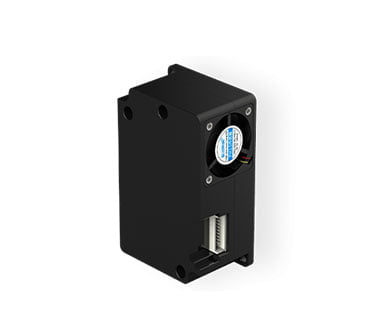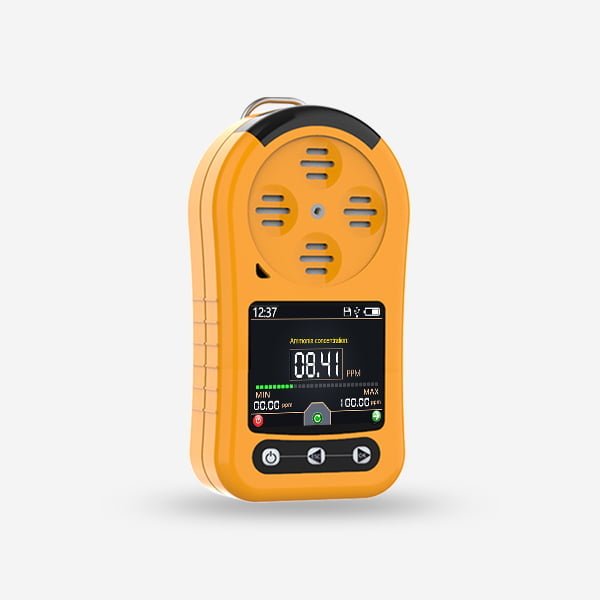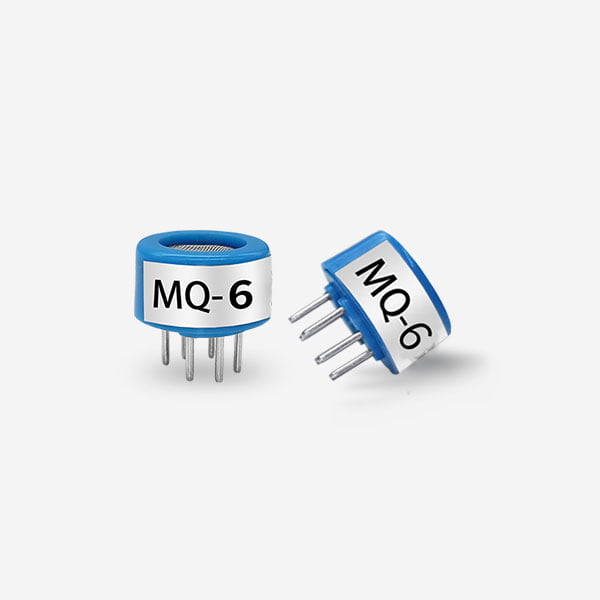Gas sensor play a critical role in various industries and applications, including environmental monitoring, industrial safety, and indoor air quality management. These sensors are designed to detect and quantify the presence of specific gases in the surrounding environment, providing valuable insights into potential hazards, pollution levels, and air quality. This essay will explore the principles of gas sensor operation, their applications in different sectors, and the advancements in gas sensor technology.
Principles of Gas Sensor Operation
Gas sensors operate based on different principles, each tailored to detect specific gases and achieve accurate measurements. The following are some common principles of gas sensors operation:
Chemical Reaction-Based Sensors:
- Many gas sensors utilize chemical reactions to detect target gases. For instance, metal oxide sensors rely on the change in resistance when a semiconductor metal oxide interacts with a specific gas. As the gas is adsorbed onto the surface of the metal oxide, the conductivity of the material changes, allowing for the detection and quantification of the gas.
- Electrochemical gas sensors measure the concentration of a gas by utilizing a chemical reaction that generates an electrical current proportional to the gas concentration. These sensors are commonly used for detecting toxic gases such as carbon monoxide, hydrogen sulfide, and chlorine.
Optical Sensors:
- Optical gas sensors detect gases by measuring the absorption or emission of light when the gas molecules interact with specific wavelengths of light. For example, infrared gas sensors utilize the absorption of infrared light by the gas molecules to determine their concentration.
Advancements in Gas Sensor Technology
Advancements in gas sensor technology have led to the development of more sensitive, selective, and reliable sensors, expanding their capabilities and applicability. Some key advancements in gas sensor technology include:

Miniaturization and Integration:
- Gas sensors have become more compact and integrated, allowing for their incorporation into portable devices and IoT-enabled systems. Miniaturization has also enabled the development of wearable gas sensors for personal air quality monitoring.
Selectivity and Sensitivity:
- Advanced materials and sensor designs have improved the selectivity and sensitivity of gas sensors, enabling them to distinguish between different gases and detect trace levels of target compounds. This enhancement is particularly valuable in environmental monitoring and industrial safety applications.
Wireless Connectivity and IoT Integration:
- Gas sensors are increasingly with wireless connectivity options, enabling real-time data transmission and remote monitoring. Integration with IoT platforms allows for the aggregation of sensor data, analytics, and the implementation of automated response protocols.
Multi-Gas Detection Capabilities:
Modern gas sensors are capable of detecting multiple gases simultaneously, providing a comprehensive assessment of the gas composition in a given environment. This multi-gas detection capability is advantageous in various monitoring and safety applications.
Select the Right Sensor:
Before using a gas sensor, it is essential to select the right one for the application. Different types of sensors are optimized for different gases, concentrations, and environments. Therefore, it is vital to choose a sensor that is suitable for the gas. Some common types of gas sensors include electrochemical sensors, metal oxide sensors, infrared sensors, and catalytic sensors. Understanding the strengths and limitations of each type of sensor is critical in selecting the right one for your needs.
Install the Sensor Properly:
Proper installation of gas sensors is essential for accurate and reliable gas detection. When installing a gas sensor, it is essential to follow the manufacturer’s instructions carefully. The sensor should be placed in a location where it can detect the gas efficiently. For example, if the target gas is heavier than air, the sensor installed close to the floor. Conversely, if the gas is lighter than air, the sensor installed near the ceiling.
Calibrate the Sensor:
Calibration is the process of adjusting the sensor’s output to match the actual gas concentration. Gas sensors require regular calibration to maintain accuracy and reliability. Calibration should be performed according to the manufacturer’s instructions and at regular intervals specified by the regulatory agency or industry standard. Calibration involves exposing the sensor to a known concentration of gas and adjusting the sensor’s output to match the actual concentration. Proper calibration ensures that the sensor provides accurate and reliable gas detection.
Monitor Sensor Output:
Gas sensors provide output in the form of electrical signals or digital readings. Monitoring the sensor output is critical in detecting the presence of gas and preventing accidents or dangerous situations. Some gas sensors have built-in alarms or shut-off valves that activate when the gas concentration exceeds a certain threshold. Monitoring the output allows for immediate response and corrective action if necessary. Additionally, recording the sensor output over time can provide valuable insights into gas concentration trends and help identify potential safety hazards.
Conclusion
Gas sensors are indispensable tools for environmental monitoring, industrial safety, and air quality management. Their ability to detect and quantify the presence of specific gases plays a crucial role in safeguarding human health, preserving the environment, and ensuring regulatory compliance. As advancements in gas sensors technology continue to drive innovation, the future holds great promise for more advanced, versatile, and interconnected gas sensors solutions, ultimately contributing to safer and healthier living environments for individuals and communities.





